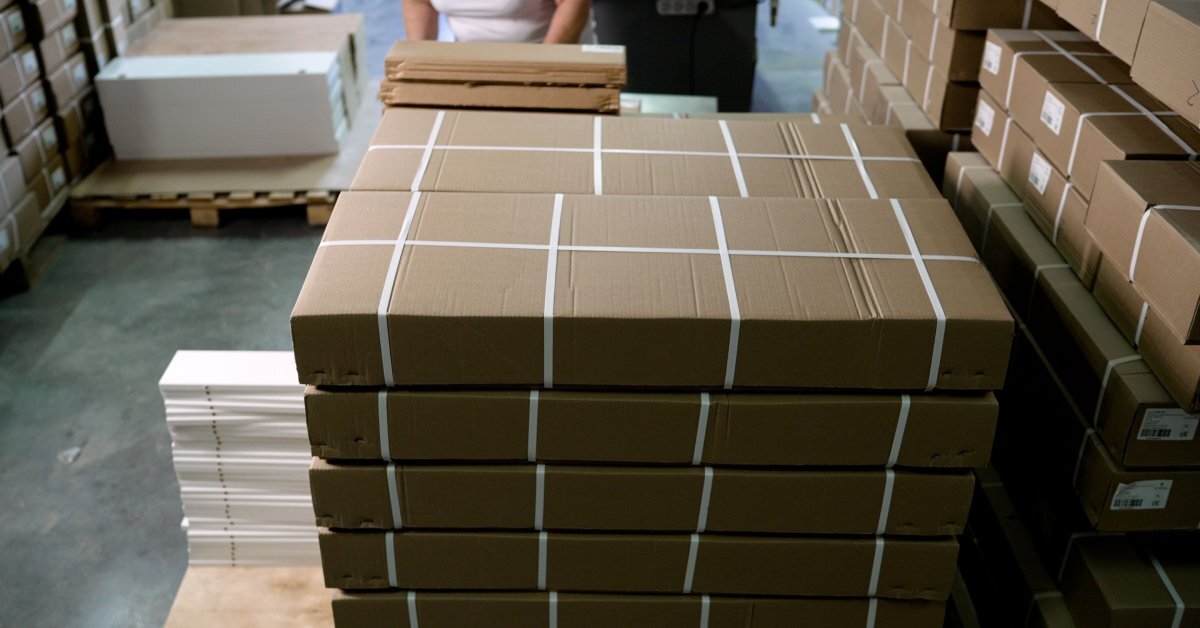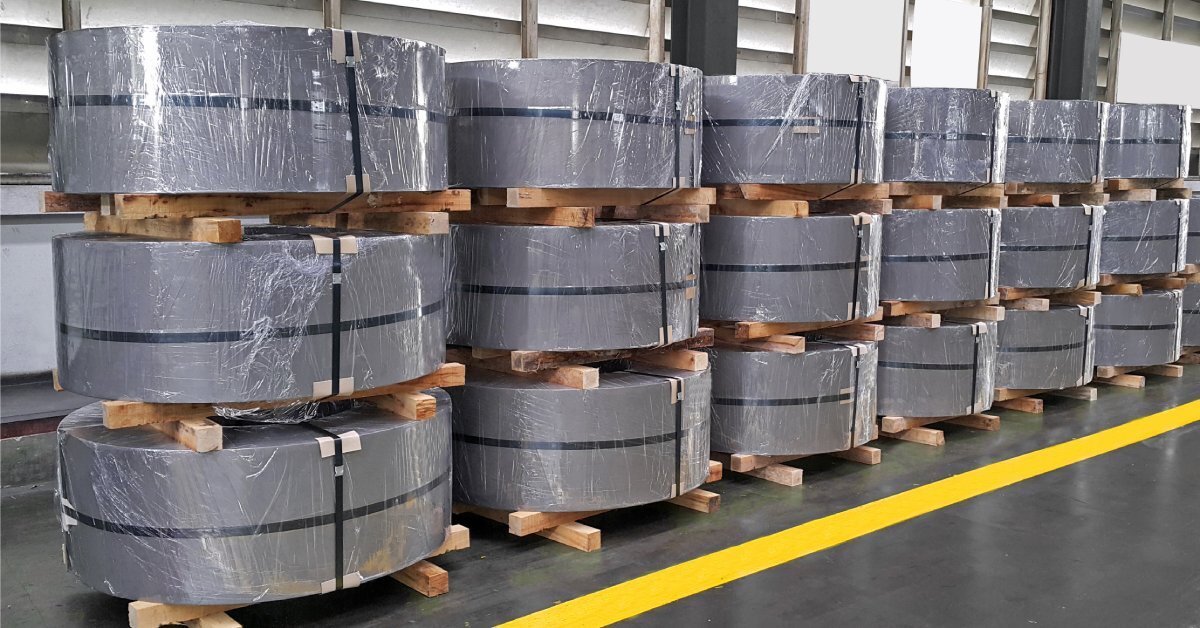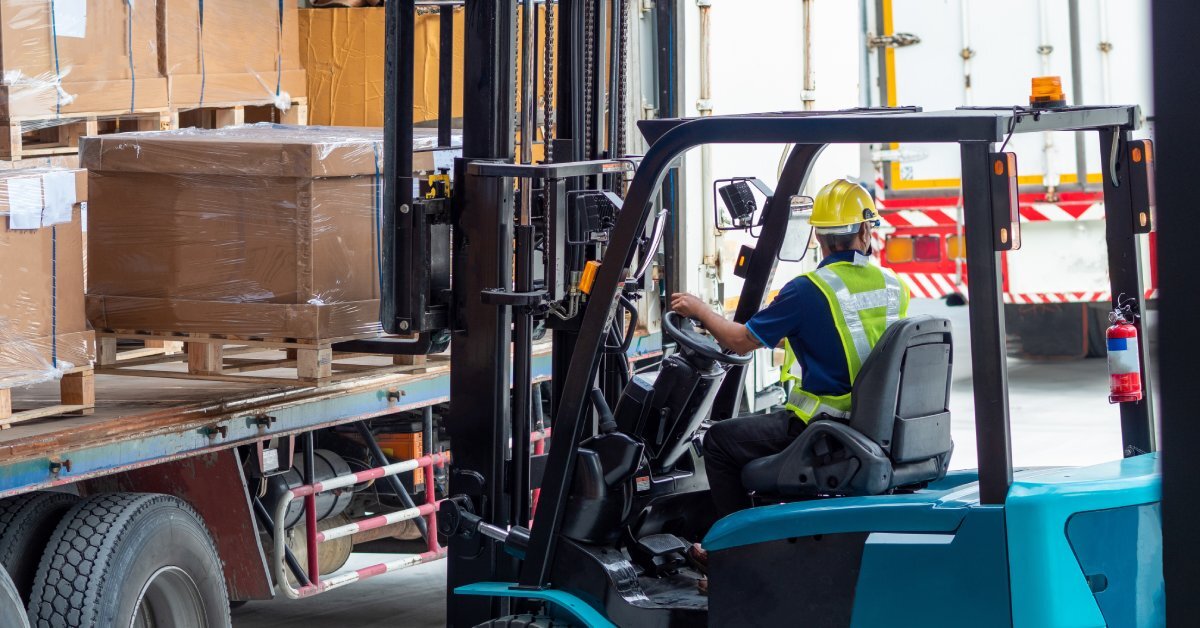
Freight claims and returns create major headaches for any business that ships products. When goods arrive damaged, it triggers a costly and time-consuming process of filing claims, managing customer returns, and sending out replacement products. These issues can damage customer relationships and ultimately hurt your bottom line.
Fortunately, strapping provides a straightforward solution. Strapping machines use plastic, steel, or polyester straps to bind boxes together or secure goods to pallets. In this guide, we’ll explore how strapping reduces freight claims and returns by securing your shipments and ensuring they arrive safely at their destination.
Prevents Load Shifts in Transit
Load shifting is one of the biggest culprits behind damaged freight. During transit, trucks, ships, and planes encounter bumps, vibrations, and sudden movements. Without stabilization, individual boxes or entire pallets might slide around, collide with each other, or topple over. This movement can crush the corners of boxes, dent containers, and break products.
Strapping solves this problem by unitizing the load. It tightly binds items together, whether they are individual boxes on a pallet or a bundle of irregularly shaped goods. This creates a single, stable unit that is far less likely to move. This simple step reduces the internal movement that often leads to damage and subsequent freight claims.
Reduces the Likelihood of Product Damage
Fragile items are particularly vulnerable during shipping. While “fragile” labels remind staff to use caution, packages must be able to endure impacts and constant vibration during transit. Internal padding, such as bubble wrap and foam, helps with cushioning but can’t always protect against the larger forces at play during transit.
Strapping holds packages together tightly, minimizing the external jostling and rattling that can cause damage. For palletized loads, strapping compresses the boxes, adds to their collective strength, and stops them from shifting. Stability is crucial for protecting delicate goods and ensuring they arrive in good condition. When you secure your shipments with strong, reliable strapping, you lower the chances of your customers receiving a box of broken pieces.

Maintains Integrity for Stacked Loads
Warehouse space is valuable, and stacking pallets is a standard space-saving practice. Stacking is also common inside shipping containers and trucks. However, if a load lacks structural integrity, the weight of upper pallets can crush the boxes below and cause the entire stack to collapse.
Properly applied strapping reinforces the structural integrity of each pallet. It distributes the weight more evenly and keeps the boxes in a solid block. This turns each pallet into a sturdy building block, capable of supporting other loads stacked on top of it.
Protects Against Tampering and Theft
An unsecured shipment can be vulnerable to tampering and theft. Criminals can easily open boxes, remove contents, and reseal everything with little evidence of interference until the end user reports missing items. This can lead to complicated claims and erode trust with your clients.
Strapping acts as a deterrent to theft because any attempt to cut the straps is immediately obvious; it alerts receivers that the shipment may have been compromised. This added layer of security ensures that packages remain sealed throughout their journey. By making your shipments more secure, you discourage theft and reduce the number of claims related to missing or tampered goods.
Enhances Stability in Mixed Cargo Shipments
It’s common for carriers to transport shipments that contain items of various shapes, sizes, and weights. Mixed-cargo loads are notoriously difficult to stabilize. Heavy boxes can crush lightweight ones, and irregularly shaped items can create gaps that allow for shifting during transit.
Strapping is an excellent tool for managing these complex loads. You can use it to bundle smaller items together, creating more uniform blocks that are easier to stack and secure. For irregularly shaped loads, strapping can hold everything tightly in place, preventing movement that could damage the irregular items and the standard boxes around them. All your products, regardless of their size or shape, travel securely together when you stabilize mixed cargo.
Reduces Packaging Material Waste
When shippers lack confidence in their load security, they may overcompensate with excessive packaging materials. They might add extra layers of shrink wrap, throw in more void fill, or double-box items in hopes of preventing damage. While well-intentioned, this approach wastes resources and is ineffective against shifting loads.
Strapping provides the structural support that extra padding cannot. By securing the load, you can focus on cushioning rather than preventing movement. Since strapping helps to prevent damage, you’ll also see less waste associated with returned products.

Eases Handling for Staff
Secure loads are easier and safer for warehouse and delivery personnel to handle. A forklift operator can lift and move a stable pallet without the risk of boxes falling off. Bundled items are simpler to carry by hand, too. This efficiency speeds up the loading and unloading process.
More importantly, these strapping methods can improve safety. Falling boxes can injure staff, and cleaning up a collapsed pallet is time-consuming and frustrating. By securing your loads, you create a safer working environment for your team and anyone else who handles your freight.
Prevents Damage-Related Shipping Delays
Damaged shipments can result in claims and cause delays. If a carrier discovers a damaged or unstable load during transit, they may be required to stop and inspect it. In some cases, the entire shipment may need to be repackaged before it can continue its journey. These interruptions can throw your delivery schedules off track and frustrate your customers.
Because strapping prevents damage, it keeps your shipments moving. Secure, stable loads are far less likely to require inspection or intervention during transit. This means your deliveries stay on schedule, and you can provide your customers with more reliable arrival times.
Complies With Freight Standards
Many carriers and freight companies have requirements for how goods must be packaged and secured. These standards exist to protect personnel, equipment, and shipments. Failing to meet these requirements can lead to carriers rejecting your shipment or holding you liable for damage it may cause.
Using the correct strapping method helps you meet these industry standards. It demonstrates to carriers that you have taken the necessary steps to secure your freight responsibly. This helps you avoid complications or fees and reduces the likelihood of rejected deliveries that could lead to claims.
Secure Your Shipments and Protect Your Business
Understanding how strapping reduces freight claims and returns is key to improving your shipping operations. Strapping offers a comprehensive solution to one of the most common causes of shipping damage. Ready to reduce your operation’s freight claims? Explore PackSmart’s industrial strapping machines to secure your shipments today.
